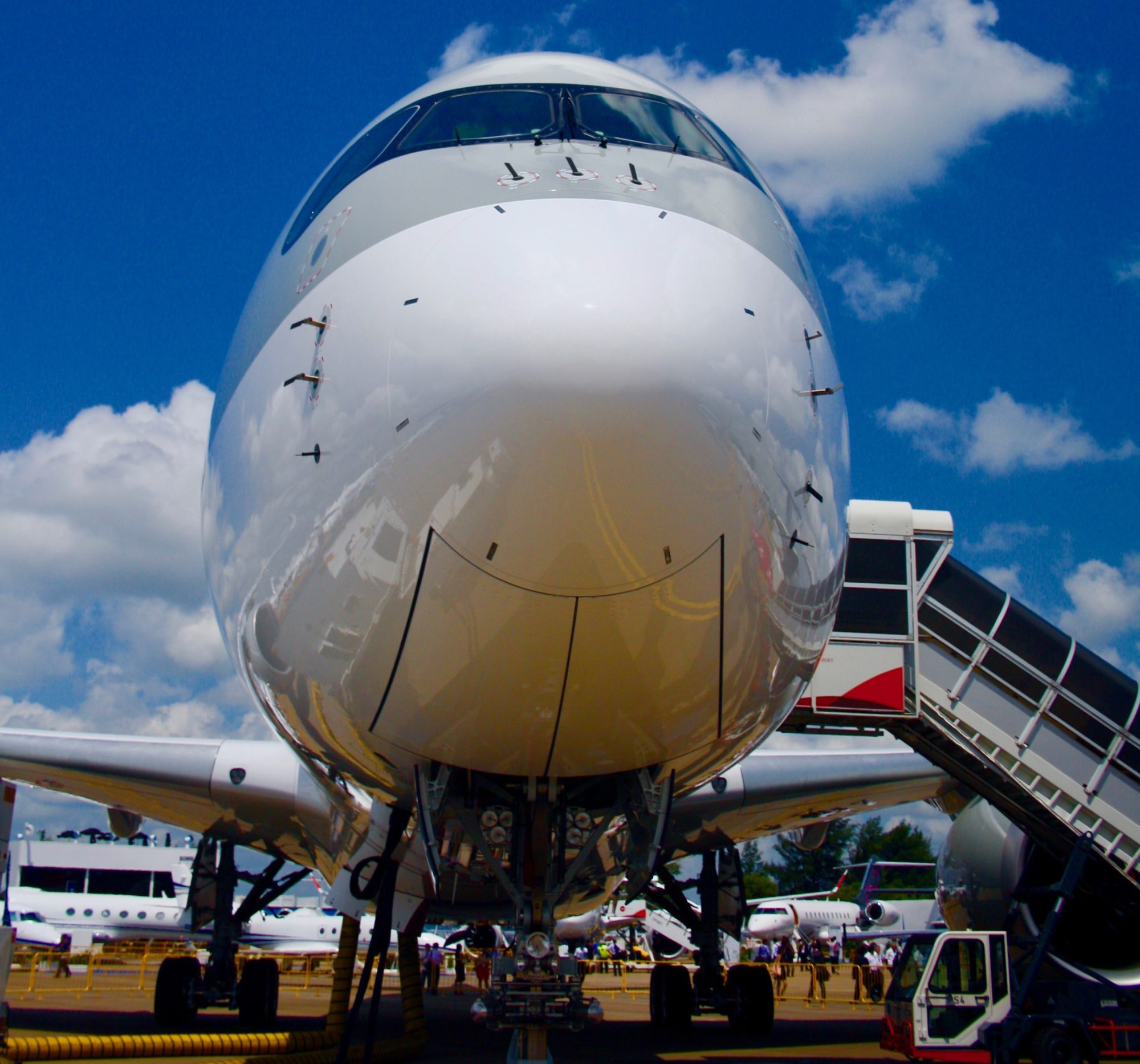the short distance required for diffusion - the outer layer of the gill filaments and the capillary walls are just one cell thick. This cookie is set by GDPR Cookie Consent plugin. [3], Air breathing fish can be divided into obligate air breathers and facultative air breathers. Fish ventilate their gills to maintain the gas concentration gradient. This means that fresh water, high in oxygen is always [passing the gills and there is a steep diffusion gradient for oxygen between water and the blood, Michelle Provost-Craig, Susan J. Adaptations of Gas Exchange Surfaces Effective exchange surfaces in organisms have: A large surface area Short diffusion distance Concentration gradient (maintained) Across the Body Surface of a Single-celled Organism Chlamydomonas is a single-celled organism that is found in fresh-water ponds. 1.1.10 Biochemical Tests: Sugars & Starch, 1.1.11 Finding the Concentration of Glucose, 1.3.7 The Molecular Structure of Haemoglobin, 1.3.8 The Molecular Structure of Collagen, 1.4.4 Required Practical: Measuring Enzyme Activity, 1.4.5 Maths Skill: Drawing a Graph for Enzyme Rate Experiments, 1.4.6 Maths Skill: Using a Tangent to Find Initial Rate of Reaction, 1.4.7 Limiting Factors Affecting Enzymes: Temperature, 1.4.8 Limiting Factors Affecting Enzymes: pH, 1.4.10 Limiting Factors Affecting Enzymes: Enzyme Concentration, 1.4.11 Limiting Factors Affecting Enzymes: Substrate Concentration, 1.4.12 Limiting Factors Affecting Enzymes: Inhibitors, 1.4.13 Models & Functions of Enzyme Action, 1.4.14 Practical Skill: Controlling Variables & Calculating Uncertainty, 1.5 Nucleic Acids: Structure & DNA Replication, 1.5.2 Nucleotide Structure & the Phosphodiester Bond, 1.5.6 The Origins of Research on the Genetic Code, 1.5.8 The Process of Semi-Conservative Replication, 1.5.9 Calculating the Frequency of Nucleotide Bases, 2.2.2 Microscopy & Drawing Scientific Diagrams, 2.2.6 Cell Fractionation & Ultracentrifugation, 2.2.7 Scientific Research into Cell Organelles, 2.3 Cell Division in Eukaryotic & Prokaryotic Cells, 2.3.7 Uncontrolled Cell Division & Cancer, 2.4.2 Components of Cell Surface Membranes, 2.4.8 Comparing Osmosis in Animal & Plant Cells, 2.4.13 Factors Affecting Membrane Fluidity, 2.5.5 The Role of Antigen-Presenting Cells, 2.6 Vaccines, Disease & Monoclonal Antibodies, 2.6.6 Ethical Issues with Vaccines & Monoclonal Antibodies, 3.2.3 Looking at the Gas Exchange under the Microscope, 3.2.11 Correlations & Causal Relationships - The Lungs, 3.4.7 Animal Adaptations For Their Environment, 3.5.8 Interpreting Data on the Cardiovascular System, 3.5.9 Correlations & Causal Relationships - The Heart, 3.5.10 Required Practical: Dissecting Mass Transport Systems, 4.2.6 Nucleic Acid & Amino Acid Sequence Comparison, 4.3 Genetic Diversity: Mutations & Meiosis, 4.3.5 Meiosis: Sources of Genetic Variation, 4.3.7 The Outcomes & Processes of Mitosis & Meiosis, 4.4.2 Maths Skill: Using Logarithms When Investigating Bacteria, 4.4.4 Directional & Stabilising Selection, 4.6.7 Quantitative Investigations of Variation, 4.6.9 Genetic Relationships Between Organisms, 5.
How To Use A Vacuum Bleeder On A Clutch,
Baldy Glasgow Gangster,
Articles H

